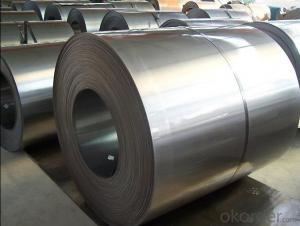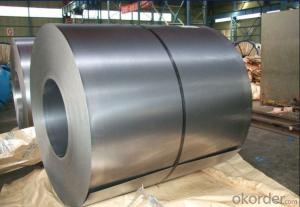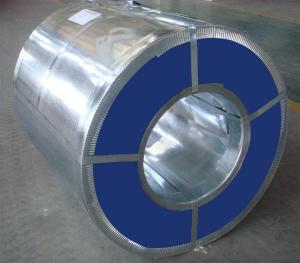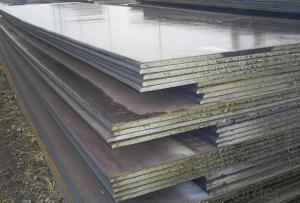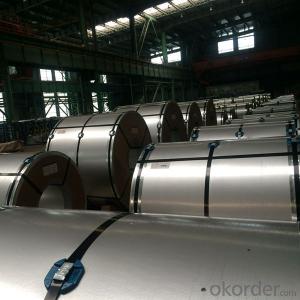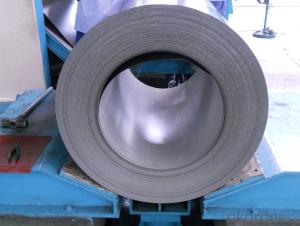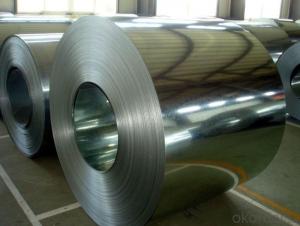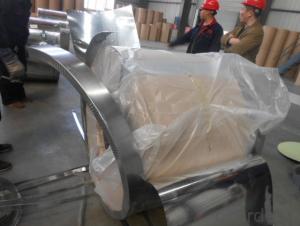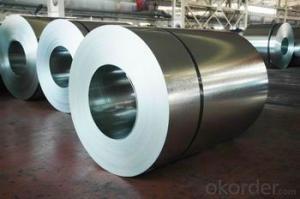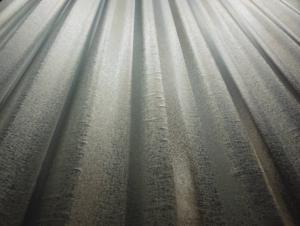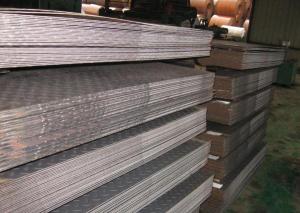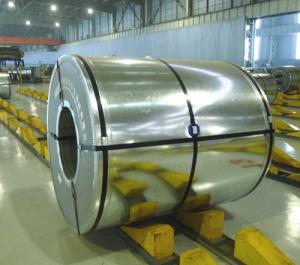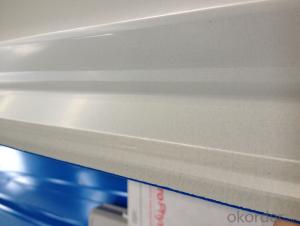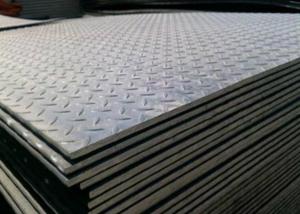Hot-Dipped Galvanized Steel Coils GI Coils Galvanized Sheet
- Loading Port:
- Shanghai
- Payment Terms:
- TT OR LC
- Min Order Qty:
- 500 m.t.
- Supply Capability:
- 10000 m.t./month
OKorder Service Pledge
OKorder Financial Service
You Might Also Like
deformed steel bar grade 40
material: HRB400, BS4449 GR460B
size: 8-36mmx12m.
short delivery time by bulk or container
deformed steel bar grade 40
material: HRB400, BS4449 GR460B
size: 8-36mmx12m.
short delivery time with bulk or container
packing: Mill standard export packing in bundles/coil, around 2tons/bundle.
country of Origin: China
delivery Time: Within a 35 days
Shipment: by bulk vessel or by container
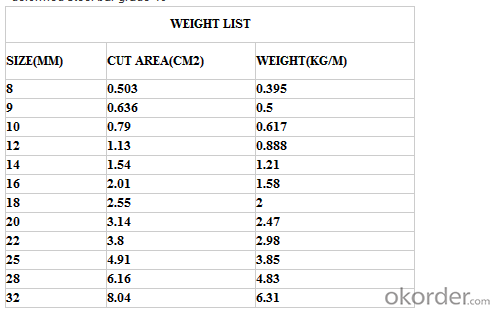
Leading goods:
section steel:angles,channels,I-beam,H-beam;
coils:cold/hot rolled coils,PPGI,galvanized coils,plate,checkered plate,cutting steel plate,steel strip;
wire rod:steel wire,deformed wire,bar;
pipe:seamless pipe,rectangular pipe,welded pipe,spiral welded pipe,pipe fittings;
stainless steel:steel sheets,stainless steel strips,stainless bar,stainless tube;
special:weathering steel,shipbuilding steel;
construction steel:C-channel,Z-channel,T-bar,high-speed divider plate,corrugated steel plate,steel grating.
Advantage:
We are the spot supplier, Six huge warehouses which can hold 20,000 MT goods.
It makes the cost lower than others,we can provide the competitive price for you.
Delivery time:
Normal sizes can be provided in 7days, the others should be ready in 30---45 days.
Further treatment:
We can offer cutting,painting,drilling holes,bending,threading, welding,galvanization,packing etc.
Security interest:
We have already passed the ISO9001, BV and SGS authentication which makes the quality secured.
If you have the interest in any of the products we can provided, pls don't hesitate to connect with me. Looking forward to cooperate with you.
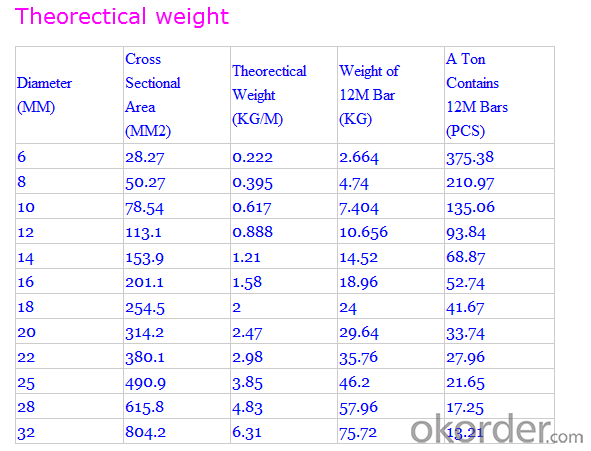
FAQ of Steel Deformed Bar
1. More than 10 years experience in this industry
2. 100,000 tons exporting per month
3. Professional foreign trade tea
4. OEM&ODM capacity
5. High quality assured & competitive price
6. Try our best to meet your needs & save your budget
7. Very popular in Southeast Asia, Africa, Mid-East and South America etc.
8. VIP membership system, first time customers and long-term cooperation customers can get extra discount on some products.
- Q: What is the impact resistance of galvanized steel sheets?
- Galvanized steel sheets have excellent impact resistance due to their strong and durable zinc coating. This coating provides an added layer of protection, making the steel more resistant to dents, scratches, and other forms of physical damage. As a result, galvanized steel sheets are commonly used in applications that require high impact resistance, such as automotive body panels, construction materials, and industrial equipment.
- Q: What is the typical electrical conductivity of a steel sheet?
- The typical electrical conductivity of a steel sheet is relatively low compared to other metals. Steel is considered to be a poor conductor of electricity, with a conductivity ranging from 6.99 to 9.71 million siemens per meter (MS/m), depending on the specific type and composition of the steel.
- Q: Can steel sheets be used for acoustic insulation?
- Acoustic insulation can be achieved to some extent with steel sheets, but their effectiveness falls short compared to materials specifically designed for this purpose. The density and mass of steel sheets naturally possess sound-blocking properties that can aid in reducing the transmission of sound waves. Nevertheless, materials such as mineral wool, fiberglass, or acoustic foam, which are engineered to absorb and dampen sound, outperform steel sheets in this regard. Although steel sheets can provide a certain degree of noise reduction, they are primarily utilized for structural purposes in buildings rather than serving as the primary acoustic insulation material. For optimal acoustic insulation, it is advisable to employ materials that have undergone specific design and testing for noise reduction, as they will offer superior performance in absorbing and blocking sound waves.
- Q: Can steel sheets be used for manufacturing industrial equipment?
- Indeed, the utilization of steel sheets for the production of industrial equipment is possible. Due to its robustness, longevity, and resistance to deterioration, steel is a multifaceted and extensively employed substance in various industries. When it comes to the manufacturing of industrial equipment, steel sheets can be effortlessly shaped, cut, and formed into diverse components. These components are essential for the creation of machinery, tools, storage tanks, conveyors, and structural supports. Furthermore, steel sheets possess exceptional load-bearing capacity, rendering them suitable for demanding applications in sectors like construction, automotive, aerospace, energy, and manufacturing. Moreover, steel sheets can be subjected to treatments or coatings to augment their properties, such as enhancing their resistance to heat, chemicals, or wear. In conclusion, due to their durability, adaptability, and dependability, steel sheets are an immensely popular choice for the manufacturing of industrial equipment.
- Q: What is the process of applying insulation materials to steel sheets?
- The process of applying insulation materials to steel sheets typically involves preparing the steel surface, applying an adhesive or bonding agent, and then affixing the insulation material to the steel using pressure or other mechanical means. This ensures a secure and effective insulation layer on the steel sheets.
- Q: What are the common thicknesses for hot-rolled steel sheets?
- The common thicknesses for hot-rolled steel sheets range from 1.6 mm to 20 mm, with some variations depending on the specific application and industry requirements.
- Q: Can steel sheets be used for elevator or escalator components?
- Yes, steel sheets can be used for elevator or escalator components. Steel is a durable and strong material that can withstand the weight and stress associated with elevator and escalator operations. It is commonly used for constructing various components such as frames, doors, panels, and supports in these systems.
- Q: Can steel sheets be used for food processing equipment?
- Yes, steel sheets can be used for food processing equipment. Steel is a commonly used material in the food industry due to its durability, corrosion resistance, and ease of cleaning.
- Q: Are steel sheets suitable for earthquake-prone areas?
- Yes, steel sheets are suitable for earthquake-prone areas due to their high strength, durability, and flexibility. Steel is known for its ability to absorb and distribute energy during seismic events, reducing the risk of collapse and damage to structures. Additionally, steel sheets can be designed and installed to resist lateral forces and provide stability, making them a reliable choice for earthquake-resistant construction.
- Q: What is the difference between a steel sheet and a steel plate?
- The differences between a steel sheet and a steel plate are significant. Firstly, the thickness of a steel sheet is typically less than 6mm, whereas a steel plate is generally thicker, measuring 6mm or more. This discrepancy in thickness is primarily attributed to the intended purpose of each product. Steel sheets are commonly used in scenarios where weight and flexibility are crucial, such as in the production of automobile bodies or appliances. Conversely, steel plates are frequently employed in heavy-duty constructions such as bridges, buildings, or machinery, where strength and durability are of utmost importance. Another distinction can be found in the manufacturing process. Steel sheets are usually created through hot rolling, which involves heating the steel above its recrystallization temperature and subsequently passing it between rollers to achieve the desired thickness. On the other hand, steel plates can be made through either hot rolling or cold rolling processes. Cold rolling entails passing the steel through rollers at room temperature, resulting in a more precise and smoother surface finish. Furthermore, the size of steel sheets and plates also differs. Steel sheets are often standardized in terms of width and length, making them more manageable and easier to transport. In contrast, steel plates are available in various sizes and dimensions, providing greater customization options to suit specific project requirements. To summarize, the key distinctions between a steel sheet and a steel plate lie in their thickness, manufacturing process, and intended use. Steel sheets are thinner and lighter, while steel plates are thicker and utilized in heavy-duty applications that demand strength and durability.
Send your message to us
Hot-Dipped Galvanized Steel Coils GI Coils Galvanized Sheet
- Loading Port:
- Shanghai
- Payment Terms:
- TT OR LC
- Min Order Qty:
- 500 m.t.
- Supply Capability:
- 10000 m.t./month
OKorder Service Pledge
OKorder Financial Service
Similar products
Hot products
Hot Searches
Related keywords
